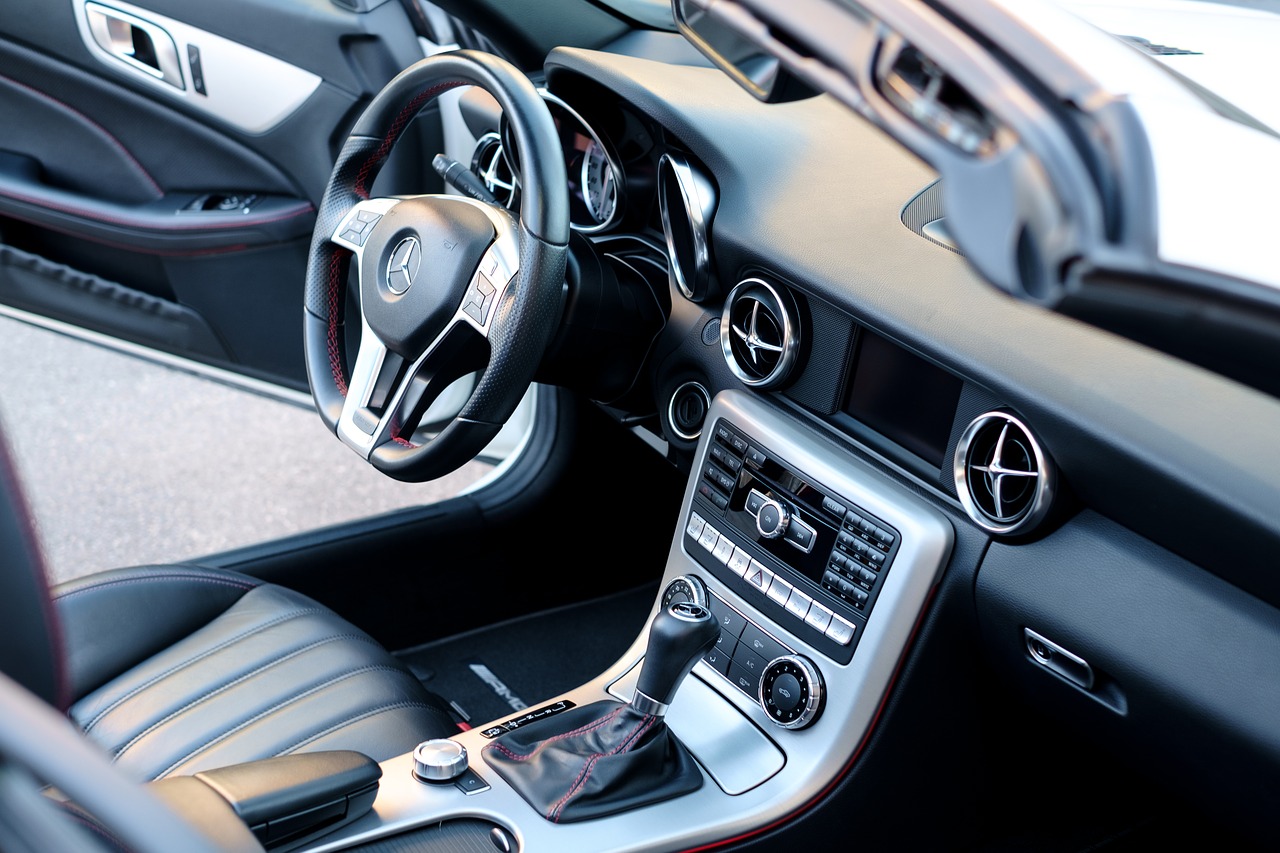Arguably, there are few places where technology converges with innovative ideas to yield industrial solutions more prominently than in the automotive industry. The newest cars have embraced big data and analytics, artificial intelligence (AI), and other modern technologies, which continue to emerge. Some of the newest technologies include blockchain solutions and the Internet of things (IoT), which also have their place in the industry.
Rather than resisting technological acceleration, the automotive industry has embraced it, as evidenced by significant improvements in safety, sleekness of design, and speed, among other things. In doing so, the industry progresses steadily toward a future where car manufacturers and drivers, respectively, will start realizing greater revenues and enjoying more innovative driving experiences. That said, here are some of the car technology trends that are currently dominating the industry.
Driver Monitoring System
Relying on low-power cameras with advanced vision technologies, the driver monitor system analyzes the driver’s actions in real time and, when indicated, sends notifications to avert disasters. An AI-based system, it offers comprehensive benefits such as driver behavior analysis, driver position monitoring, and in-cabin occupancy.
The system also detects and provides notification of distracted driving, driver drowsiness and emotions, and rash driving. If the driver answers a call, texts, or becomes drowsy while driving, the system sends an SMS, sounds, vibrations, or visuals. This facilitates driver alertness. The system can also be used to report reckless or otherwise concerning driver behavior to the relevant authorities, which has the potential to reduce accidents.
The Push for Eco-Conscious Vehicles
Owing to the push to reduce carbon dioxide emissions, the market share of electric vehicles (EVs) is expected to continue to grow. Thanks to the continued expansion of brands and models, their competitive edge in comfort and safety features, modern technology, and government incentives, EVs are now remarkably popular with potential car owners.
Improved Driver-Car Interface and Contactless Technology
In addition to vehicle-to-vehicle (V2V) connectivity, modern technology is expected to develop solutions that are more sophisticated relative to accounting for how drivers interact with their cars. Although some modern cars already incorporate a touchscreen, their usage while driving can be dangerous. To ensure safety while driving, some car manufacturers have already enabled contactless operations like voice and gesture in their latest models.
To improve further how drivers interact with their cars, many automotive manufacturers are experimenting with augmented reality (AR), infotainment features, and mixed reality (MR) to enhance driving comfort. Consequently, touchscreen usage is waning.
With the rollout of 5G having already commenced and research on 6G in advanced stages, vehicle connectivity has been a top automotive trend for quite some time. Vehicle connectivity communications, including vehicle-to-grid (V2G) and V2V, are crucial to autonomous driving. Connectivity is termed as an essential feature because it enables over-the-air-updates (OTA), a critical feature in the future of digital mobility.
Autonomous Driving
Self-driving cars have been a mantra in the auto industry for several years, but the timeline has always been pushed out. While the development of this technology continues, testing and the improvement of autonomous driving-related algorithms remain challenging, as does safety standardization, where regulators are a factor.
Rumors from some experts have suggested that several years and a decade or more, respectively, will be required to develop cars with level 4 autonomy (i.e., those that are capable of operating without human intervention) and level 5 autonomy (i.e., full automation). But today, features like advanced driver-assistance systems (ADAS) and other active safety systems that rely on lower levels of driving automation are becoming increasingly popular. With that in mind, a major player in the automotive industry, Ford, promised that its level 4 autonomy vehicles could become available by as early as 2022.
Digital Purchase Solutions and On-Demand Mobility
The Digital Era is also affecting how people procure their vehicles; with the “As-a-Service revolution,” both shared mobility services and subscription models are gaining traction.
For those interested in buying a car, digital channels are expected to overrun the process’ physical touchpoints. Customer demand is pushing substantially for the digitalization of the car procurement process, thereby compelling the automotive industry to develop more digital platforms for buying vehicles.
Takeaways
Overall, several trends are surrounding the automotive industry. Long-term trends of Internet utilization, electrification, and other forms of vehicle digitalization will continue to assume different forms as modern technology evolves. Also, as state-of-the-art technologies like AR, MR, and 5G become increasingly accessible, their usage in cars will continue to grow.

